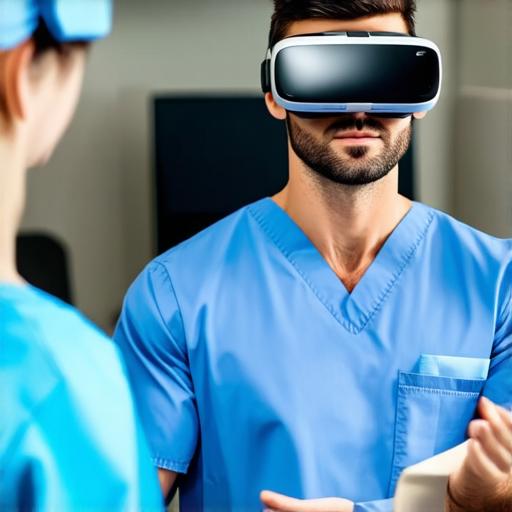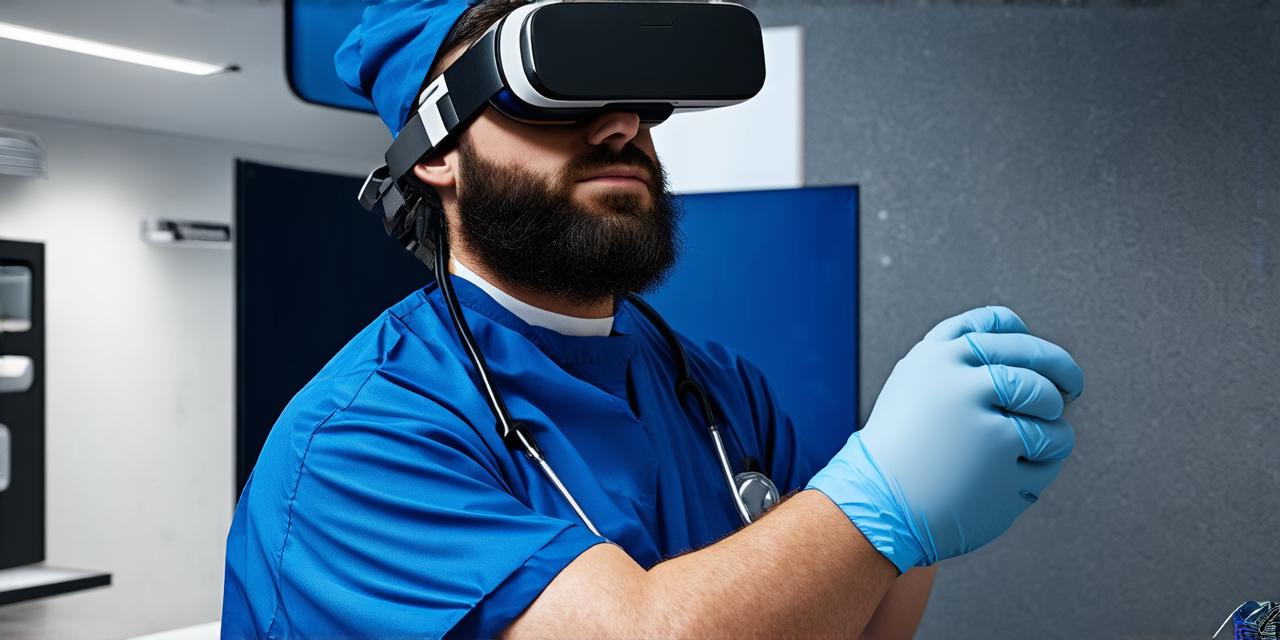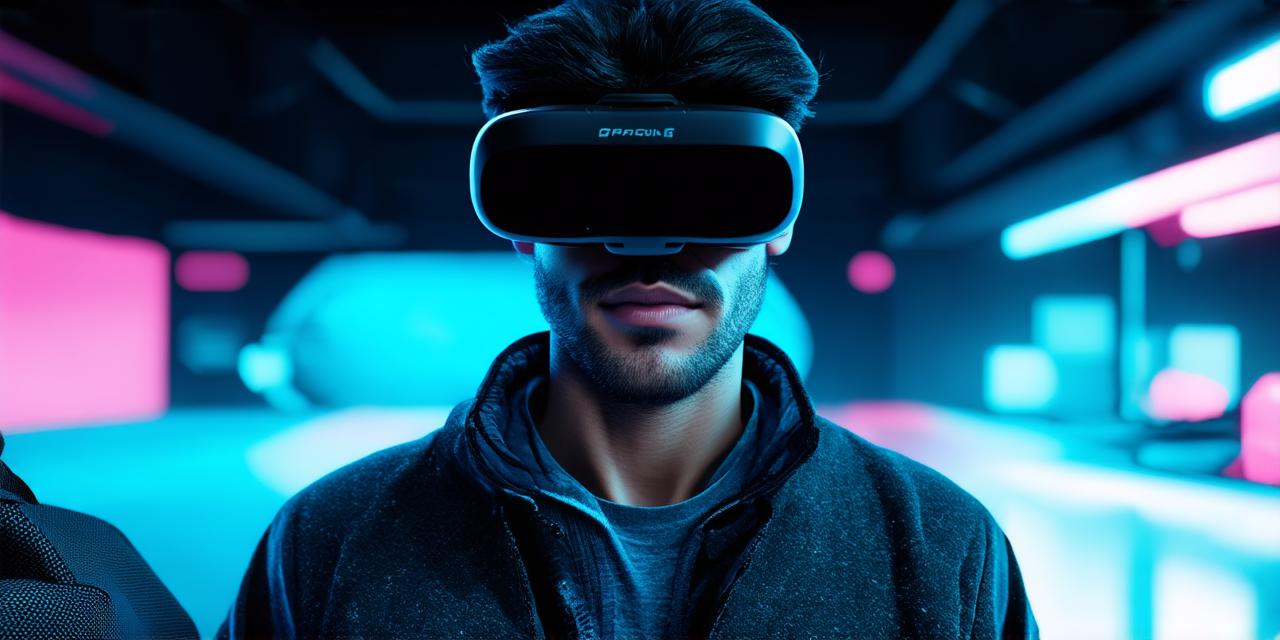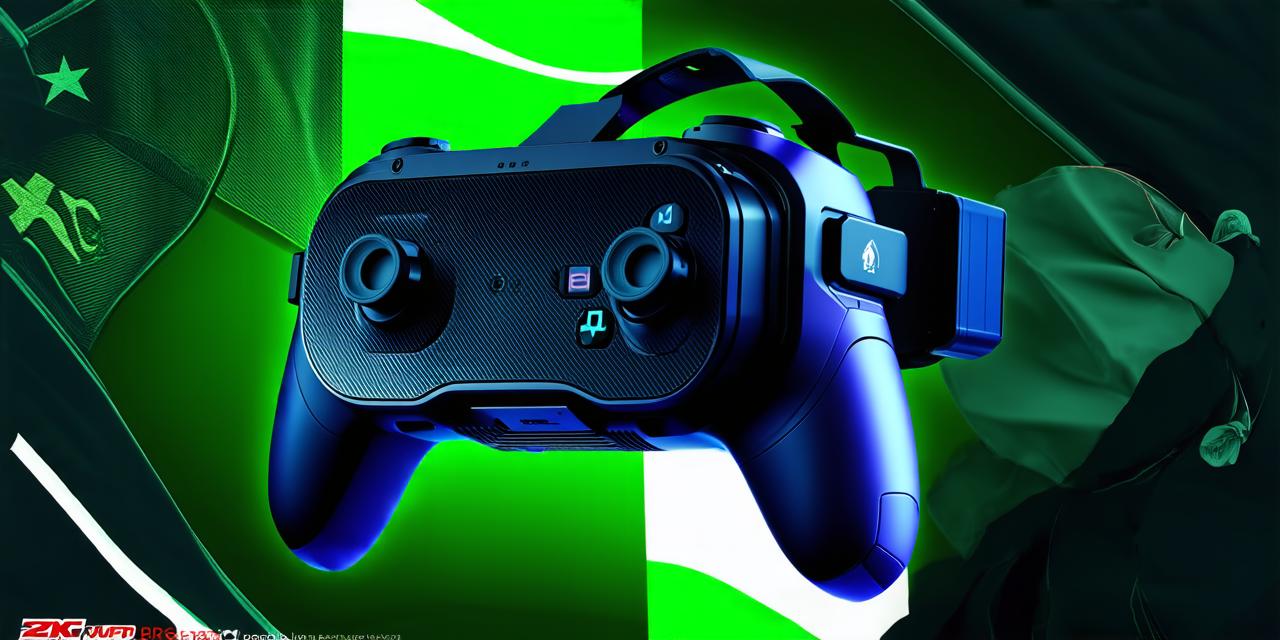Virtual reality (VR) technology has been rapidly advancing in recent years, and its potential applications in healthcare are vast. From surgical training to patient therapy, VR can revolutionize the way we approach medical care.
Virtual Reality in Surgical Training

One of the most promising uses for VR in healthcare is surgical training. By using VR headsets and simulators, surgeons can practice their skills in a safe and controlled environment. This allows them to gain confidence and improve their technique without risking patient harm.
For example, the company MedRealities has developed a platform that uses VR technology to train surgeons for complex procedures such as brain surgery. The platform provides realistic simulations of surgical scenarios and allows surgeons to practice their skills in a controlled environment. This can significantly reduce the time and cost required for surgical training.
Virtual Reality in Patient Therapy
Another way that VR technology can be utilized in healthcare is through patient therapy. By using VR headsets, patients can be immersed in a virtual environment that can help them cope with pain or anxiety.
For example, the company VirtualSpeech has developed a platform that uses VR to treat speech and language disorders. The platform provides realistic simulations of social situations and allows patients to practice their communication skills in a safe and controlled environment.
Virtual Reality in Mental Health
Virtual reality can also be used in mental health therapy. By using VR headsets, patients can be immersed in a virtual environment that can help them cope with anxiety or post-traumatic stress disorder (PTSD). For example, the company PwC has developed a platform that uses VR to treat PTSD in veterans.
The platform provides realistic simulations of combat scenarios and allows patients to confront their fears in a safe and controlled environment.
Virtual Reality in Medical Education
Virtual reality can also be used in medical education to teach students about complex medical concepts. By using VR headsets, students can be immersed in a virtual environment that provides realistic simulations of medical scenarios.
For example, the company Anatomyo has developed a platform that uses VR to teach anatomy and physiology. The platform provides realistic simulations of the human body and allows students to explore medical concepts in a hands-on and interactive way.
Virtual Reality in Rehabilitation
Virtual reality can also be used in rehabilitation to help patients recover from injuries or illnesses. By using VR headsets, patients can be immersed in a virtual environment that provides realistic simulations of physical therapy exercises.
For example, the company ZeroFracture has developed a platform that uses VR to treat bone fractures. The platform provides realistic simulations of bone fracture rehabilitation exercises and allows patients to recover from their injuries in a safe and controlled environment.
Virtual Reality in Pain Management
Finally, virtual reality can be used in pain management to help patients cope with chronic pain. By using VR headsets, patients can be immersed in a virtual environment that provides distraction from pain.
For example, the company Virtual Reality Medical Center has developed a platform that uses VR to treat chronic pain. The platform provides realistic simulations of natural environments and allows patients to escape from their pain in a safe and controlled environment.
FAQs
1. What are some examples of how virtual reality can be used in healthcare?
* Virtual reality can be used in surgical training, patient therapy, mental health therapy, medical education, rehabilitation, and pain management.
2. How does virtual reality technology work?
* Virtual reality technology involves the use of VR headsets and simulators to create immersive and interactive environments that can be experienced through a computer or mobile device.
3.




